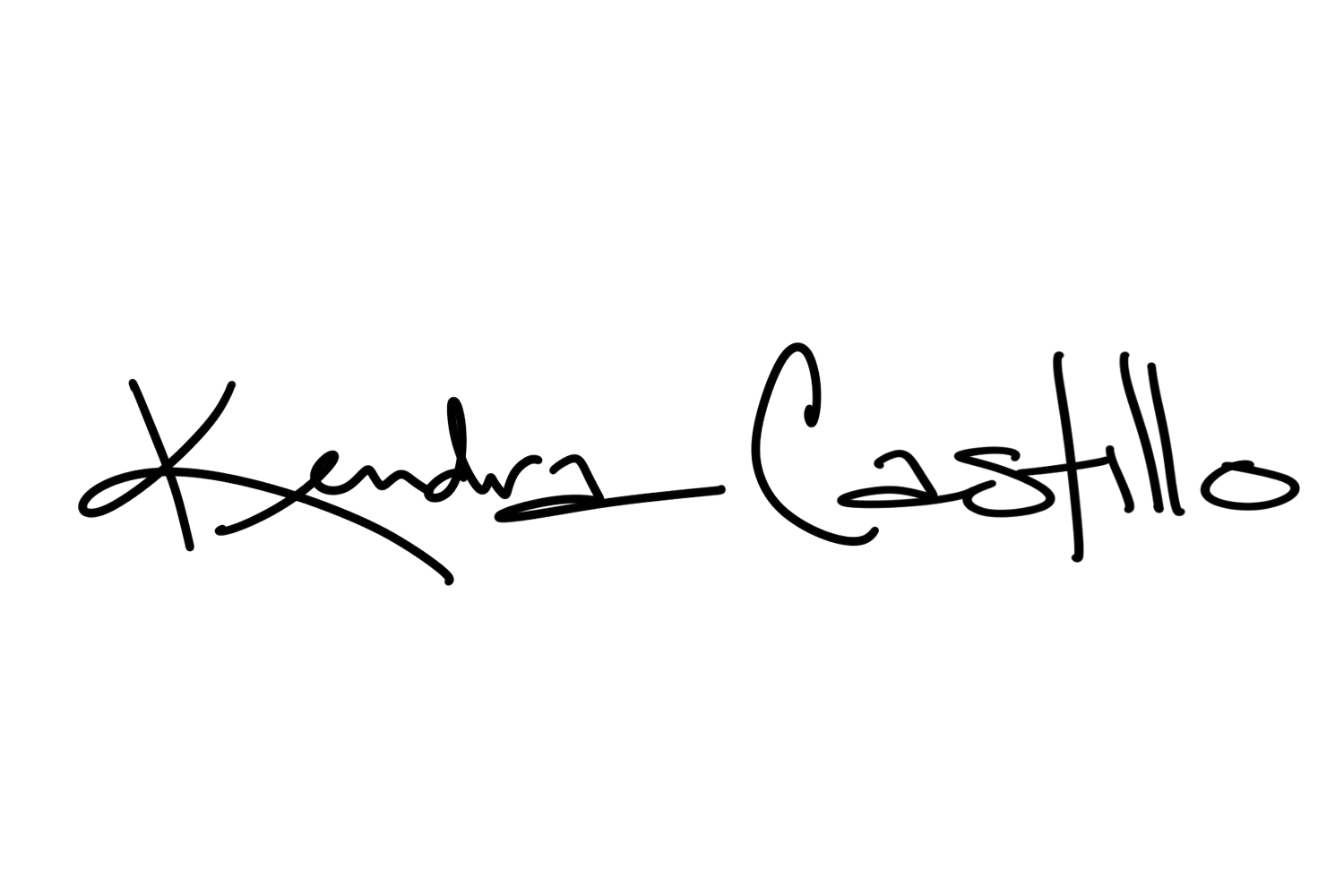Artist Advice on Starting a Sketchbook - guest post by Taylor Adams
Guest Post by Taylor Adams
The extraordinary thing about art is there are so many different ways to create. There is no one way or right way to paint, draw, or bring the visuals in your mind to life, and this certainly holds true in the practice of keeping a sketchbook.
Like many artists, I carry a sketchbook with me almost anywhere I go. I have a collection of different sizes and types, and whether it’s a mini book homemade with cereal box covers or my Canson lay flat, spending time with a sketchbook feels like a necessary part of my day.
But I didn’t always feel this way. I used to feel a certain pressure that came along with a fresh page in a sketchbook, like each page had to be a little masterpiece. But that’s not realistic, nor is it the point of a sketchbook. I had to let go of that desire for perfection and the feeling that I had to achieve something great each time I worked within its pages. I let go of a fear of making mistakes, and gave myself permission to explore, make messes, and simply follow my interests, letting my media take control.
My sketchbooks are filled with splashes, drips, scribbles and scratch outs. With the word “sketch” in its name, it can be a little misleading, but a sketchbook doesn’t have to be confined to pencil. I love to draw, but when it comes to painting, sketching with paper and pencil doesn’t do much to inspire this process for me. So I seek out other ways to pull media into my sketchbooks, in a manner that feels true to my practice.
One of my favorite things to do when I’m searching for inspiration is visit the used book section of thrift stores. Among aisles packed with an assortment of old books, I’ve stumbled across topics ranging from Japanese textiles to nature photography. I encourage you to hunt through the shelves the next time you’re thrifting, you’ll be surprised at the gems you can find! These books hold a beautiful assortment of textures and color that make the perfect content to spark creativity. I’ll tear out pages that stir an idea and tape them into my sketchbook, using them as color studies or sources of inspiration when I’m feeling stuck. Sometimes I’ll even use the book itself as a sketchbook, applying a little gesso and wet media straight to the pages, using them as a surface to explore. I find that interacting with the pre-existing content of the page and seeing how it can transform can be a fun and rewarding exercise.
Your sketchbook should be just that - a fun and rewarding exercise.
Recently, I’ve gotten into the habit of laying sheets of paper beneath whatever I’m currently painting. Not only does this help control the unavoidable mess, but something interesting happens. As I’m working, the sheets collect all my drips, splatters, and spills, and in this way I am gathering information through the act of painting. I’ll find little compositions, unexpected color combinations or interesting marks, and add them to my sketchbook as a resource to inform my future pieces.
I like to think of a sketchbook as a catalogue of information, storing my visual interests, dreams, and inspirations. It doesn’t have to be perfect or pretty, in fact, the pages don’t even have to have visuals. Many pages in my sketchbooks are simply filled with nothing but writing - list after list of words, fragments of ideas, and bits of poetry or a line from a book. Let your sketchbook be a diary for your process, a home to store your dreams and goals, and fill those pages with whatever makes your soul sing.
There are many ways to keep a sketchbook - the trick is finding what works best for you and your practice. The best method to capture your ideas, keep you inspired, and ultimately, bring an added source of joy to your creative process. There’s really no rules - I would say the most important part is just spending time with it. Carve out 20 minutes of your day to explore and get to know the pages. Be honest, be messy. Give yourself the freedom to make mistakes, the beautiful thing is - that’s when the discoveries happen.
More about Taylor:
Taylor Adams is a Florida based artist exploring the world of abstraction with thread and ink in hand. Fueled by a love of the outdoors, she is largely inspired by beauty found in nature. See more of Taylor’s work at tayloradamsart.com and follow along on Instagram/Twitter @tayloradamsart to get a closer look at her process, current work, and daily explorations.




